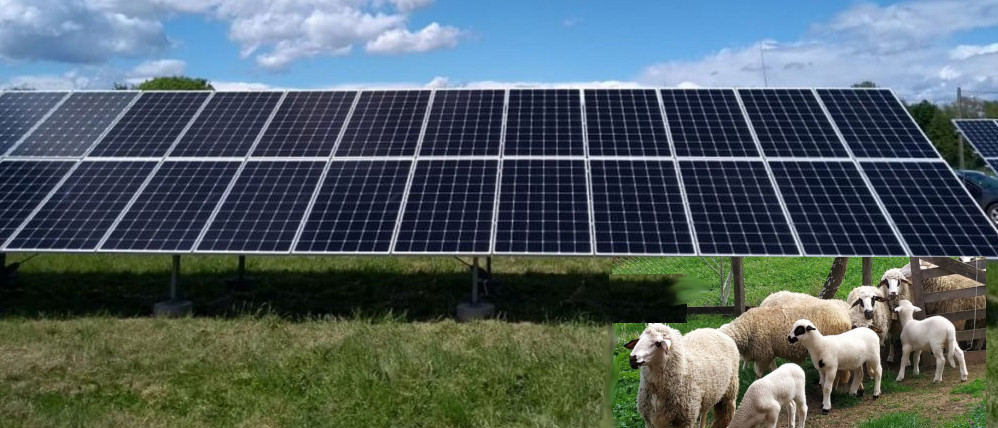Yes, that could be an option.
If you are land owner and don’t know what to do with low or unprofitable land, perhaps you may consider this option.
In the following text, I will use the terms:
“Solar Company” is the company to which we rent the land.
“Solar farm” is power plant that will be built on the landowner’s property
Advantage of land lease
- You don’t have to invest at all.
- You will secure it from rent.
- Your land will regenerate during the leasing period.
- You will play a part in the transition to a zero-carbon future.
Renting unused or excavated land will secure annual income (usually an acre of land occupied by a solar farm). Renting periods depend on the linear performance warranty, which is 25 years for solar panels (after that period, solar panel production falls below 80% and becomes useless).
A solar farm has another advantage: it helps land regenerate, especially land that has been used for intensive farming over the years.
Money from nothing
Now let take a look some constrains from this solution.
It is quite clear that the land on which the solar farm is installed cannot be effectively used for processing and growing cereals due to the impossibility of passing heavy machinery, in this case, a tractor. Also, any type of vegetation is undesirable due to the harmful influence of the shade, so planting fruit, trees, sedge, and brambles is out of the question.
What can you get more of from leased land ?
Sheep and sort of goat (that won’t climb on PV modules) farming is a good additional job on leased land. They graze and thus eliminate any vegetation that threatens to grow and create a shadow on the PV modules installed.
Requirements
Not be located within a protected area, fire risk zone, or flood zone. (If it is in the flood zone, it should have a flood wall).
- No obstacles : trees and buildings on south side or between panels rows. See more about harmful influence of shadow
- Minimal visibility from key public vantage points and heavily populated areas
- A solar farm does not permanently alter the landscape because the panels are only mounted on frames that are dug into the earth and thereafter will be removed after production life.
- The land must be fenced or secured in some way against intruders or theft.
Solar farm land lease agreement
Steps to create contract.
First step :Solar company commence their work with a site visit to ensure that the land is appropriate for a solar farm and assess its potential capacity
Step two: Commercial a legal: Once they establish that the land is suitable for solar farm, landowner is asked to sign an optional lease agreement. The lease contract contains annual rental payment and typically lasts from 25 to 40 years with payment linked to inflation.
Step tree: study. The solar company is responsible for drafting the majority of the necessary environmental assessments for the development application. At this point, the solar company also holds community meetings to get feedback that will be used to shape the final design of the solar farm. Solar company should find the best way to get project be approved by the local council is to work closely with the planning process.
Final steps: Design and construction. The solar company works with construction partners who undertake the necessary mechanical and electrical design for the solar farm. Once this is complete, they submit the plans as part of an application to connect the solar farm to the grid.
The solar company or their partners should work with the best construction contractors to ensure that all installation and grid connection work occurs on time and within budget with minimum disruption to the landowner.
The contract should also contain clauses for the cultivation of agricultural goods that do not endanger the operation of the solar farm, for example, free grazing of sheep, goats, cows, or low-growing vegetable plants.


